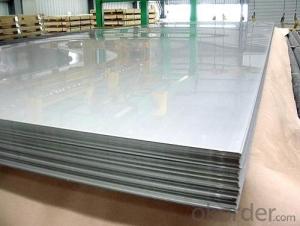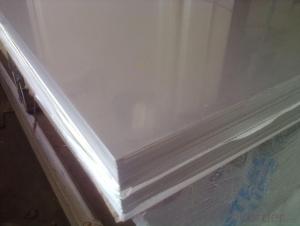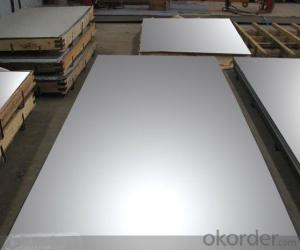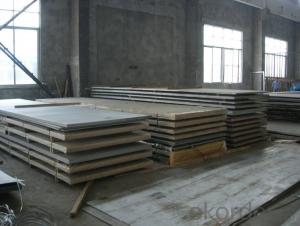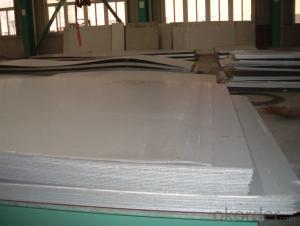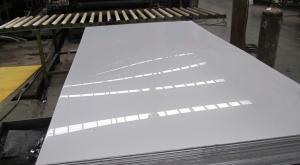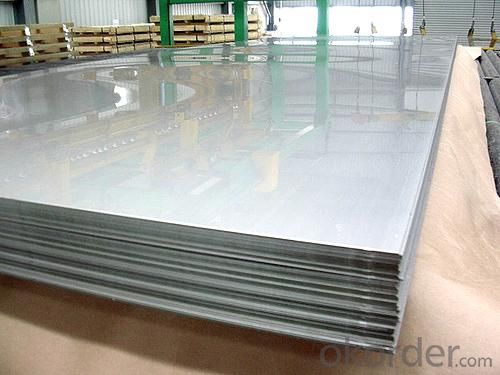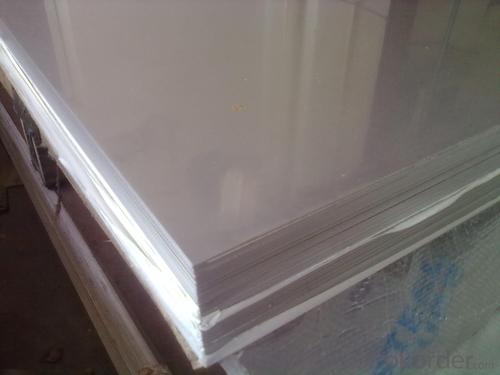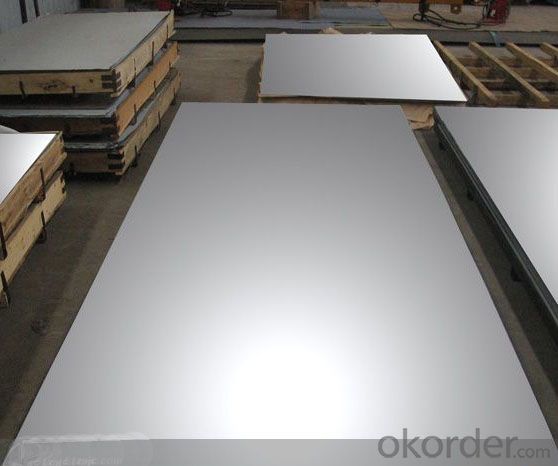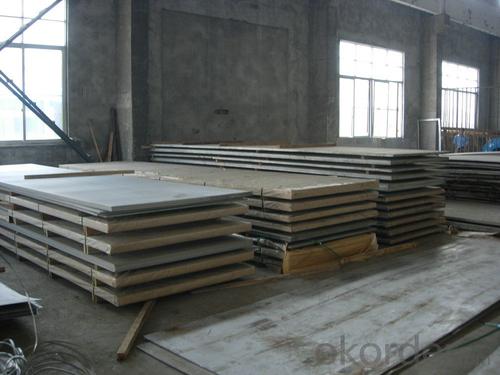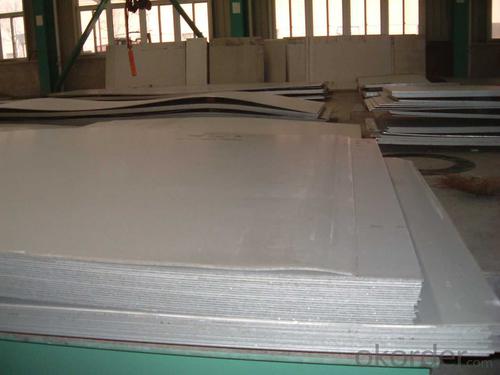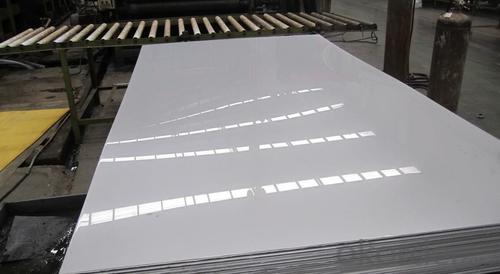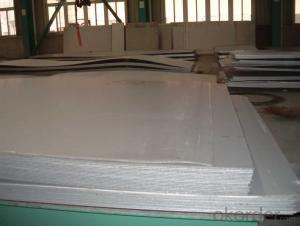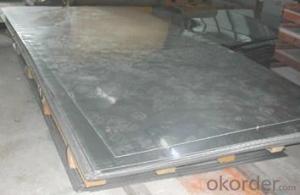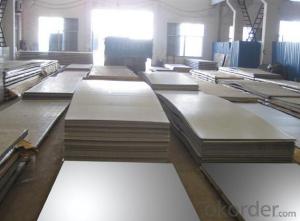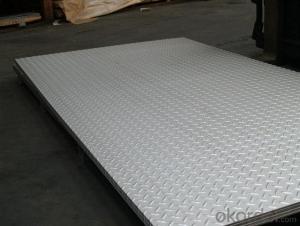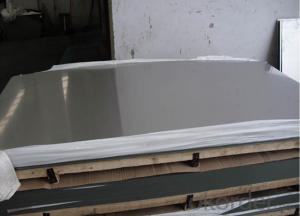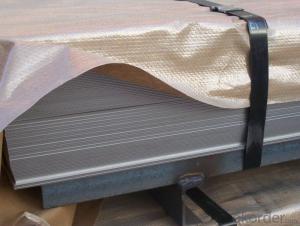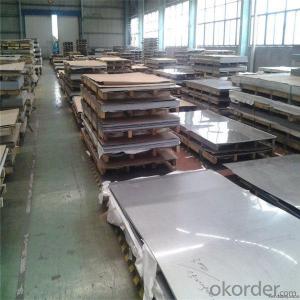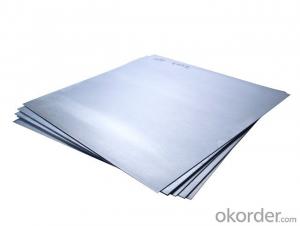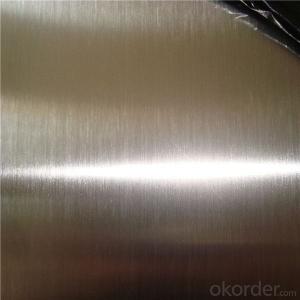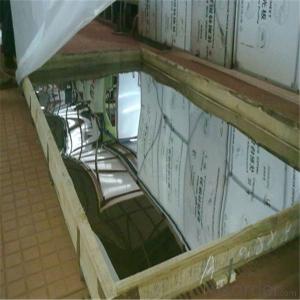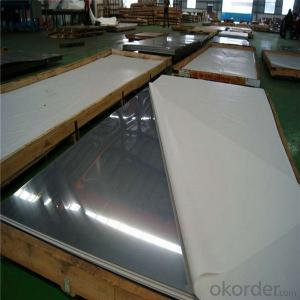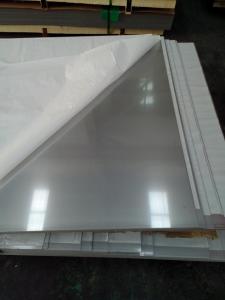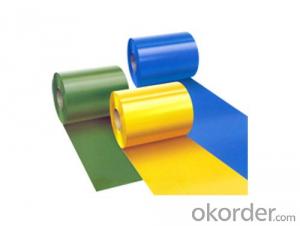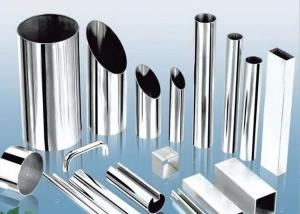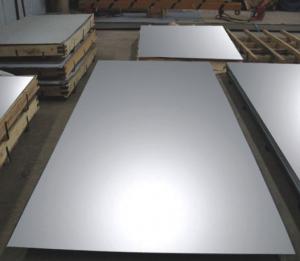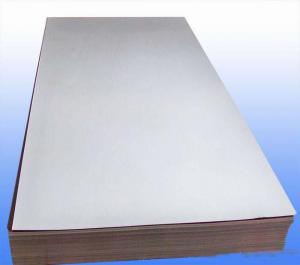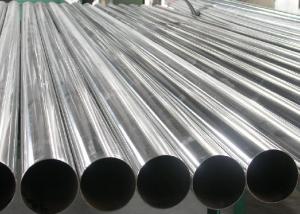Stainless Steel Plate 310S with Surface Treatment
- Loading Port:
- Shanghai
- Payment Terms:
- TT OR LC
- Min Order Qty:
- 1000 m.t.
- Supply Capability:
- 5000000 m.t./month
OKorder Service Pledge
OKorder Financial Service
You Might Also Like
Product Description
Stainless Steel Plate 310S with Surface Treatment
Description of Stainless Steel Sheet:
Description | steel sheet,hot rolled steel sheet,cold rolled steel sheet, steel sheet,sheet,steel plate |
Material |
201/202,304/304L, 310S/309S/316L/316Ti/321,410/420/430/444/443/409L, and 904L
|
Standard | ASME, ASTM, EN ,BS,GB,DIN, JIS etc |
Application | Steel sheet applies to construction field, ships building industry, petroleum & chemical industries, war and electricity industries, food processing and medical industry, boiler heat exchanger, machinery and hardware fields. |
Packaging | Standard export sea-worthy packing |
Delivery time | 10-30 days |
Quality | No.1 |
Productivity | 500 tons/Day |
Note | Our company has cooperative relation between the domestic agents. Stainless steel sheet can be made accordingto the customers requirements. Fasten delivery. Quality assured. |
Contacts | If you have any question,please feel free contact me. |
Stainless steel sheet surface finish characteristics
Surface finish | Characteristics and application |
2B | The surface brightness and flatness of no2B is better than no2D. then through a special surface treatment to improve its mechanical properties,No2B could nearly satisfy comprehensive uses. |
No.1 | Polished with abrasive belt of grit#100-#200, have better brightness with discontinuous coarse stria, used as inner and external ornaments for building, electrical appliances and kitchen utensils etc. |
No.4 | Polished with abrasive belt of grit #150-#180,have better brightness with discontinuous coarse stria, but thinner than No3, are used as bathtub buildings inner and external ornaments electrical appliances kitchen utensils and food processing equipment etc. |
HL | Polished with abrasive belt of grit #150-#320 on the NO.4 finish and has continuous streaks, mainly used as buildings ornaments elevators, door of building, frontal plate etc. |
BA | Cold rolled, bright annealed and skin-passed, the product have excellent brightness and good reflexivity like mirror, kitchen apparatus, ornament etc. |
8K | The product have excellent brightness and prefer reflexivity can to be the mirror. |
Main Features of stainless steel sheet :
•Escalator, Elevator, Doors
•Furniture
•Production tools, Kitchen appliances, freezers, cold rooms
•Auto Parts
•Machinery and Packaging
•Equipment and Medical devices
•Transport system
Product Details:
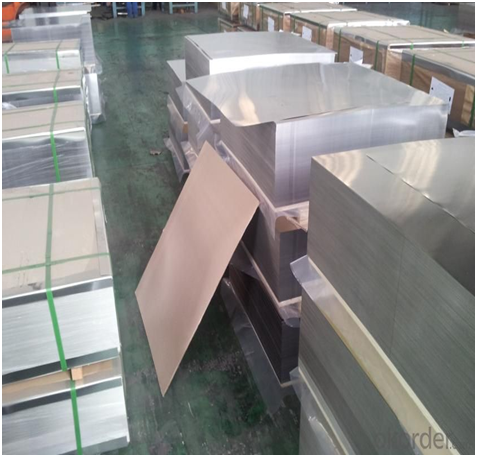
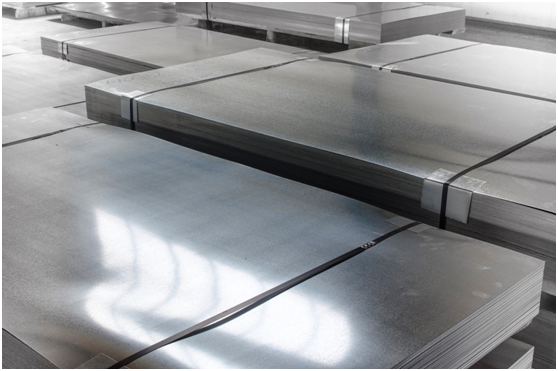
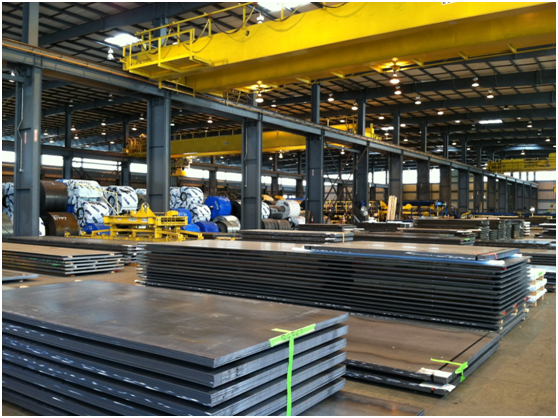
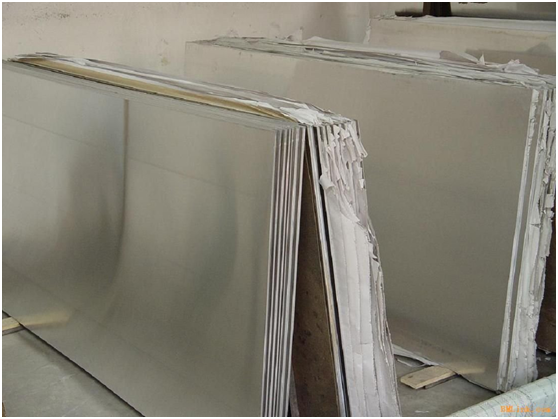
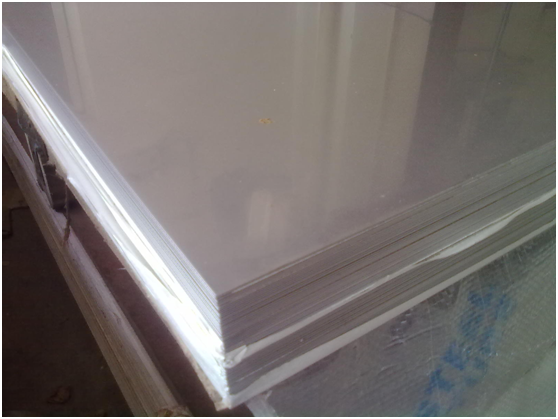
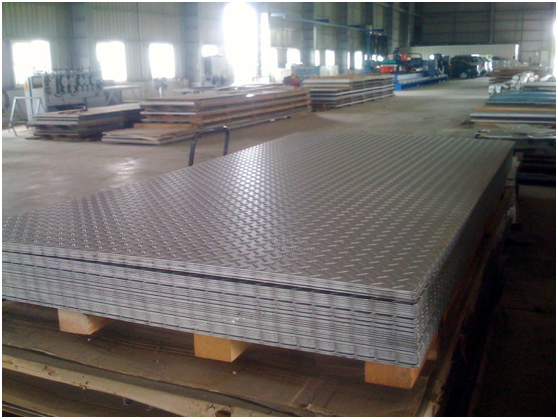
Cold Rolled and Hot Rolled:
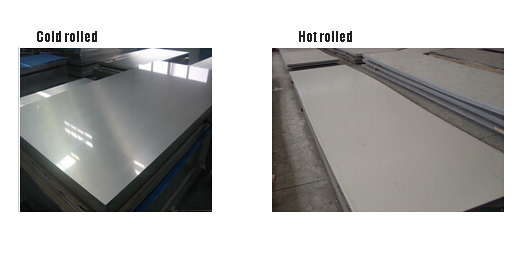
Packaging & Shipping
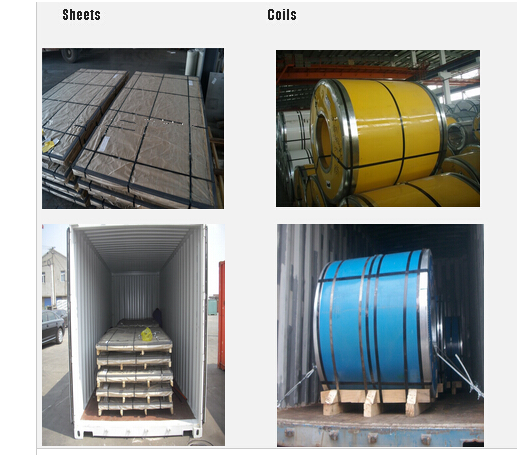
Our Services
Our company has cooperative relation between the domestic agents. Stainless steel sheet can be made accordingto the customers requirements. Fasten delivery. Quality assured.
Company Information
CNBM(China National Building Material Company)International Corporation is a state owned Enterprise.
We are listed in the fortune global 500 companies, and we are the second largest building material company in the world.
We are specialized in producing stainless steel coil, stainless steel (plate/sheet), and duplex stainless steel for a prelonged period. We are currently doing grade of steel of 201/202,304/304L, 310S/309S/316L/316Ti/321,410/420/430/444/443/409L, and 904L.
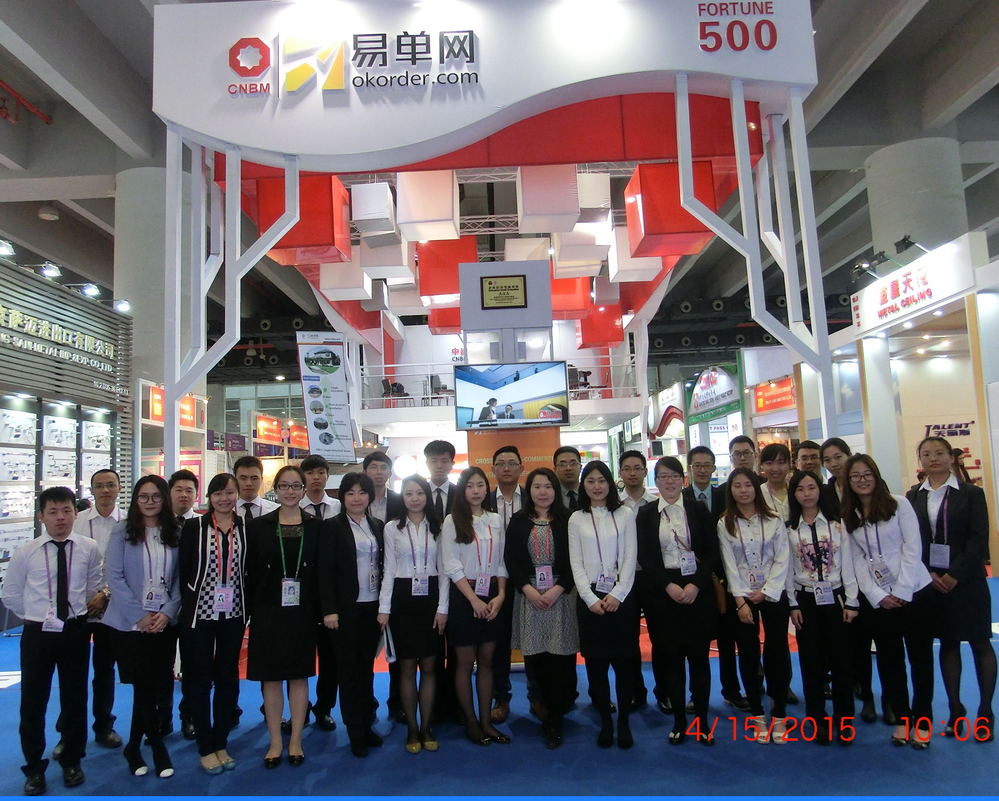
FAQ
1. How Many years experience do we have?
We have been exported to more than 20 countries in the past 15 years.
2. How long do we usually reply your request?
We always reply our customer within 24 hours.
3. What material are we supplying now?
We are specialized in producing Stainless Steel Coil, Stainless steel(plate/sheet), and duplex stainless steel for 2 decades. We are currently supplying 201/202, 304/304l, 310S/309S/316l/316Ti/321, 410/420/430/444/443/409l, and 904l.
If you have any question about stainless steel sheets,donot forget to sending the email to Us! You will get the competitive Price and have a very good experience about the Buying Process! CNBM International Corporation is always your trustful friend!
- Q: Are stainless steel sheets suitable for structural applications?
- Yes, stainless steel sheets are suitable for structural applications. Stainless steel is a versatile and durable material that offers a high strength-to-weight ratio, making it ideal for various structural applications. It offers excellent corrosion resistance, which is important for structures that are exposed to harsh environments or chemicals. Stainless steel sheets can be used in the construction of bridges, buildings, and other structural components where strength and durability are necessary. Additionally, stainless steel is a sustainable material as it is 100% recyclable, further enhancing its suitability for structural applications.
- Q: What type of stainless steel plate made by imported vibrating disk?
- The company has a professional design, development, production, customer service and other functions, can you demand, we provide solutions at the same time, and to achieve rapid delivery, to ensure product quality on the basis of our commitment: each vibration plate from manufacturing to the factory, all in strict accordance with the company's quality assurance system, quality and to complete the process standard, allow customers ease of use
- Q: Can stainless steel sheets be used in automotive industry?
- The automotive industry finds stainless steel sheets to be a valuable resource. This material has gained popularity due to its numerous advantageous properties. Its exceptional resistance to corrosion makes it an ideal choice for components that are exposed to harsh weather conditions, like car exteriors and body panels. Stainless steel sheets are also renowned for their impressive strength-to-weight ratio, enabling the creation of lightweight yet sturdy automobile parts. Moreover, stainless steel exhibits remarkable heat resistance and can endure high temperatures, making it suitable for applications like exhaust systems. In summary, stainless steel sheets are extensively utilized in the automotive industry because of their durability, ability to resist corrosion, and versatility in various applications.
- Q: Can stainless steel sheets be used for roofing?
- Yes, stainless steel sheets can be used for roofing. Stainless steel is highly durable, corrosion-resistant, and can withstand extreme weather conditions, making it a suitable material for roofing applications.
- Q: Are stainless steel sheets suitable for cryogenic storage tanks?
- Yes, stainless steel sheets are suitable for cryogenic storage tanks. Stainless steel has excellent mechanical properties and high resistance to corrosion, making it an ideal material for storing low-temperature substances in cryogenic conditions.
- Q: What are the different types of edge finishes available for stainless steel sheets?
- There are several different types of edge finishes available for stainless steel sheets. These finishes are applied to the edges of the sheets to provide a clean and polished appearance, as well as to protect against sharp edges and potential corrosion. 1. Mill Finish: This is the standard edge finish for stainless steel sheets. It is the raw, untreated edge that is produced during the manufacturing process. While it may have a slightly rough or uneven appearance, it is still functional and commonly used for industrial applications. 2. Deburred Edges: In order to remove any sharp or jagged edges, the stainless steel sheet can be deburred. This is done by grinding or sanding down the edges to create a smoother and safer finish. Deburred edges are commonly used in applications where safety is a concern, such as in food processing or medical equipment. 3. Rounded Edges: Rounded edges are created by using a rounding tool to smooth out the sharp corners of the stainless steel sheet. This type of edge finish not only enhances the aesthetics of the sheet, but also reduces the risk of injury from sharp edges. Rounded edges are often preferred for architectural or decorative applications. 4. Beveled Edges: Beveled edges are achieved by cutting or grinding the edge of the stainless steel sheet at a specific angle, typically 45 degrees. This creates a chamfered edge that adds a sleek and modern look to the sheet. Beveled edges are commonly used in applications where aesthetics and design are important, such as in furniture or interior design. 5. Polished Edges: Polished edges involve buffing or polishing the edge of the stainless steel sheet to create a smooth and mirror-like finish. This type of edge finish adds a touch of elegance and sophistication to the sheet, making it suitable for high-end architectural or decorative applications. In summary, the different types of edge finishes available for stainless steel sheets include mill finish, deburred edges, rounded edges, beveled edges, and polished edges. Each finish offers its own unique benefits and is chosen based on the specific requirements of the application.
- Q: Are stainless steel sheets suitable for architectural handrails or guardrails?
- Yes, stainless steel sheets are highly suitable for architectural handrails or guardrails. Stainless steel is a popular choice for these applications due to its excellent strength, durability, and corrosion resistance properties. It is able to withstand various weather conditions and is resistant to rust, making it ideal for outdoor installations. Stainless steel sheets can be easily customized and fabricated into different shapes and sizes, allowing for flexibility in design. Additionally, stainless steel has an aesthetic appeal that complements modern architectural designs. It is a low-maintenance material that requires minimal upkeep, making it a cost-effective choice in the long run. Overall, stainless steel sheets are a reliable and versatile option for architectural handrails or guardrails.
- Q: Can stainless steel sheets be used for elevator frames?
- Yes, stainless steel sheets can be used for elevator frames. Stainless steel is a preferred material for elevator frames due to its strength, durability, and resistance to corrosion, making it suitable for withstanding the regular wear and tear of elevator usage.
- Q: What are the benefits of using patterned stainless steel sheets in interior design?
- There are numerous advantages to utilizing patterned stainless steel sheets in interior design. To begin, these sheets bring a distinct and contemporary aesthetic to any area. The patterns etched onto the stainless steel come in a variety of designs, ranging from geometric shapes to intricate motifs, adding a touch of elegance and visual interest to walls, ceilings, or furniture. This can enhance the overall ambiance of a room and make it truly stand out. Additionally, patterned stainless steel sheets are incredibly durable and long-lasting. Stainless steel is well-known for its strength and resistance to corrosion, making it an ideal material for interior design applications. These sheets can withstand daily wear and tear, making them suitable for high-traffic areas such as restaurants, hotels, or public spaces. Furthermore, patterned stainless steel sheets require minimal maintenance. Unlike other materials, stainless steel is easy to clean and does not require special care or regular maintenance. A simple wipe with a damp cloth or the use of mild cleaning agents is sufficient to keep the sheets looking pristine. This makes them a practical choice for interior design, especially in areas where hygiene is crucial. Moreover, patterned stainless steel sheets offer design versatility. They can be used in various applications, including wall cladding, room dividers, backsplashes, or even as decorative accents. With a wide range of patterns and finishes available, designers have the freedom to create unique and customized looks to suit any style or theme. Lastly, incorporating patterned stainless steel sheets into interior design is environmentally friendly. Stainless steel is a recyclable material, meaning it can be reused or repurposed without causing harm to the environment. By incorporating sustainable materials into interior design, we contribute to reducing waste and promoting eco-conscious practices. In conclusion, the use of patterned stainless steel sheets in interior design provides benefits such as aesthetic appeal, durability, low maintenance requirements, versatility, and environmental friendliness. These sheets offer a practical and visually pleasing solution to elevate the design of any space.
- Q: Are stainless steel sheets safe for medical applications?
- Yes, stainless steel sheets are safe for medical applications. They are widely used in the medical industry due to their excellent corrosion resistance, biocompatibility, and durability. Stainless steel is easy to clean, sterilize, and maintain, making it suitable for surgical instruments, medical devices, and equipment used in healthcare settings.
Send your message to us
Stainless Steel Plate 310S with Surface Treatment
- Loading Port:
- Shanghai
- Payment Terms:
- TT OR LC
- Min Order Qty:
- 1000 m.t.
- Supply Capability:
- 5000000 m.t./month
OKorder Service Pledge
OKorder Financial Service
Similar products
Hot products
Hot Searches
Related keywords
